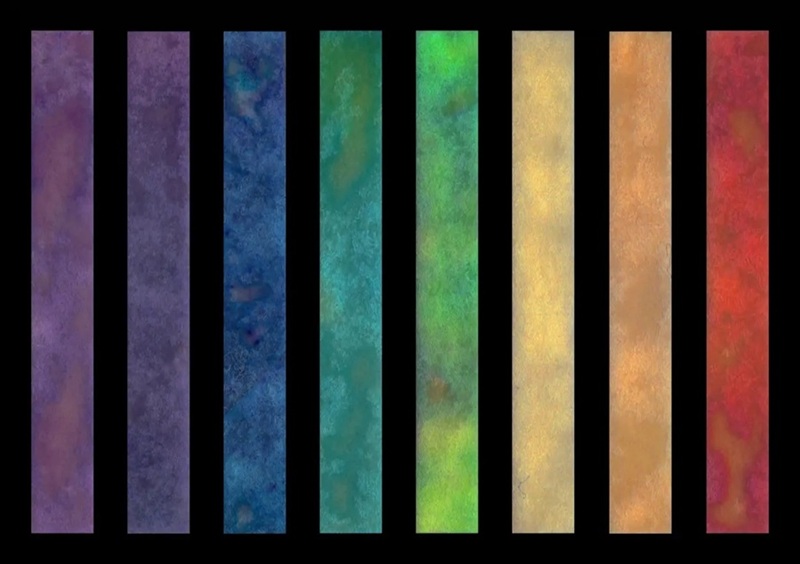Multi-Pathogen Test Screens for In-Hospital Sepsis
By Labmedica staff writers
Posted on 05 Aug 2008
A new, fast-acting diagnostic technique has been launched to simultaneously verify a complex range of targets that indicate sepsis, the leading cause of death in non-coronary intensive care units worldwide.Posted on 05 Aug 2008
Diagnosis of sepsis needs to be made during the first days of the disease. Currently, physicians and clinicians choose among several tests with little confidence that the results will identify whether a patient is suffering from sepsis. Alternatively, they can order a multiple-phase blood culture test covering a range of specific targets. This is an expensive process requiring time for a disease that causes rapid deterioration in the patient's condition.
The new diagnostic technique was developed by Seegene (Seoul, Korea) and it is called the Seeplex sepsis multi-pathogen screening test. The test simultaneously screens for 64 sepsis-causing pathogens: 48 Gram-positive bacteria, 10 Gram-negative bacteria, and 6 fungi. Additionally, four drug-resistant genes: vancomycin resistant vanA and vanB; methicillin-resistant mecA; and blaSHV, a plasmid borne gene for Klebsiella pneumoniae, can be discriminated. The Seeplex Sepsis test requires only 0.4 ml of a patient's whole blood and provides test results in five hours.
The Seeplex system is a multiplexing polymerase chain reaction (PCR) technology that enables simultaneous multi-pathogen detection. Seegene applies its Seeplex system utilizing dual priming oligo (DPO) technology to create multi-pathogen tests delivering maximum specificity, reproducibility, and sensitivity. Seeplex can be applied to a broad range of molecular diagnostics.
In a recent clinical study in Korea, the Seeplex testing approach demonstrated higher sensitivity than the blood culture test-methodology. Out of 370 hospital patients suspected of having sepsis, 53 patients tested positive using the Seeplex Sepsis test while 32 patients tested positive using the blood culture method. In addition, the Seeplex test identified those higher rates of infection on the same day that blood samples were taken whereas blood cultures took three to four days.
"The Seeplex Sepsis DNA test is a fundamental breakthrough for accurate, rapid, and cost-effective sepsis diagnostics,” said Jong-Yoon Chun, CEO of Seegene. "We believe the Seeplex testing system opens a new window for not only saving lives but also furthering understanding of this complex disease by providing precise information of infected pathogens at the earliest possible stage.”
Related Links:
Seegene













